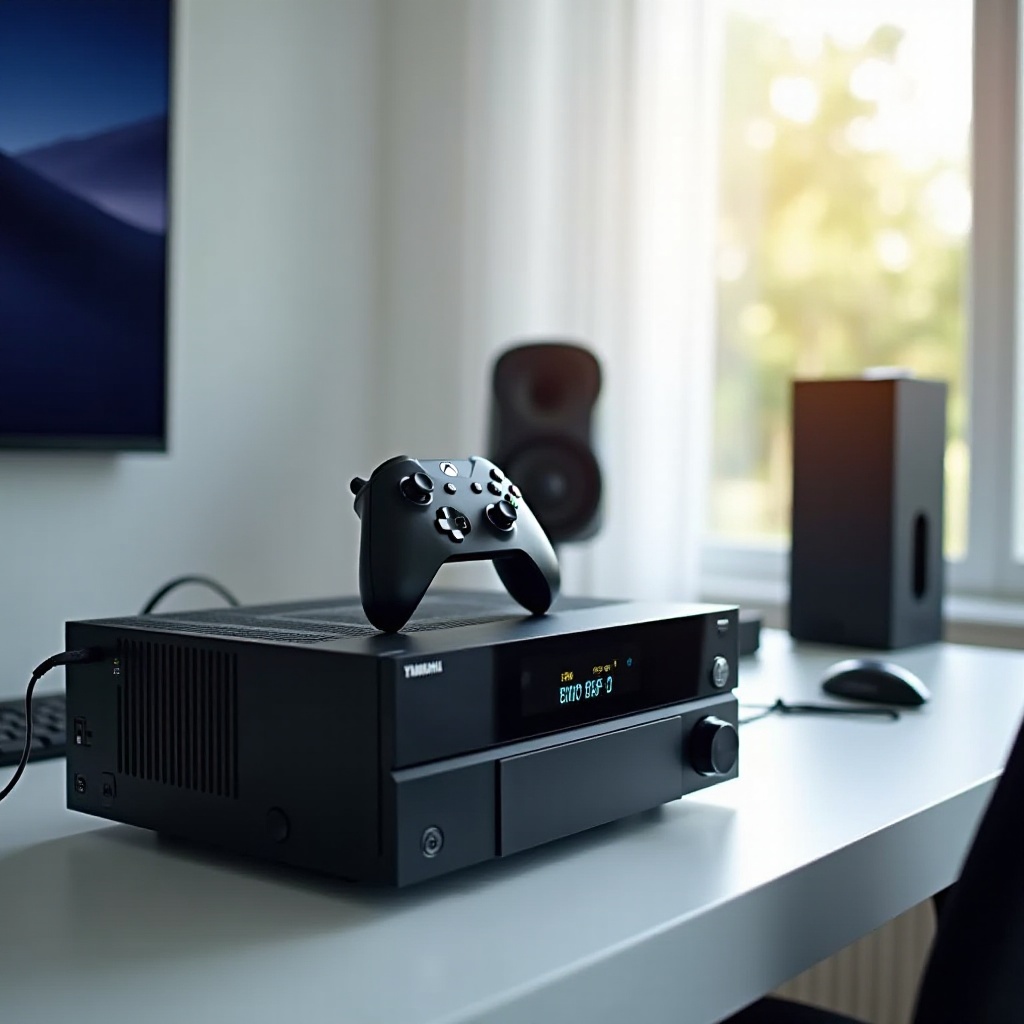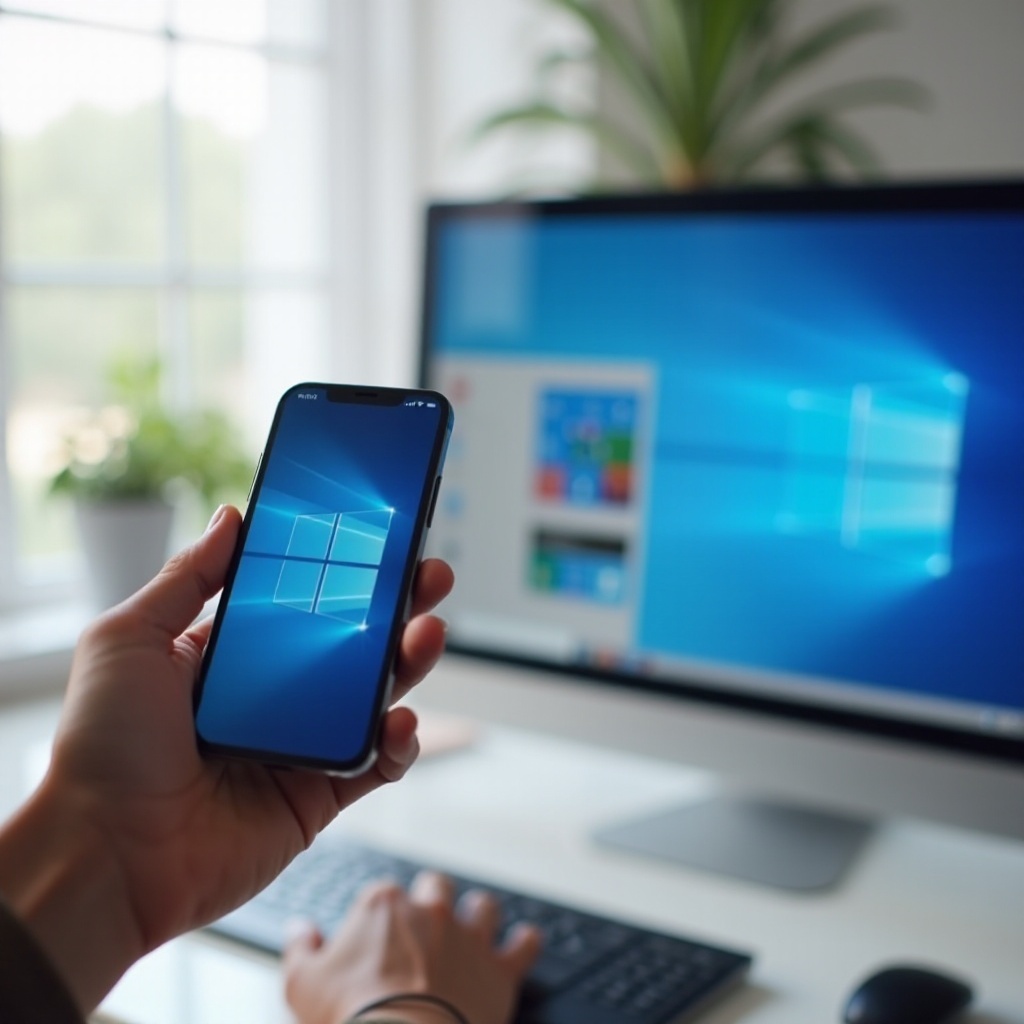How to Connect Your Epson ET-28000 to a Computer Wirelessly
Introduction
Connecting your Epson ET-28000 printer to a computer wirelessly can enhance convenience and reduce cable clutter. This guide will walk you through the preparation, connection, installation, and troubleshooting steps to ensure a seamless wireless printing experience.
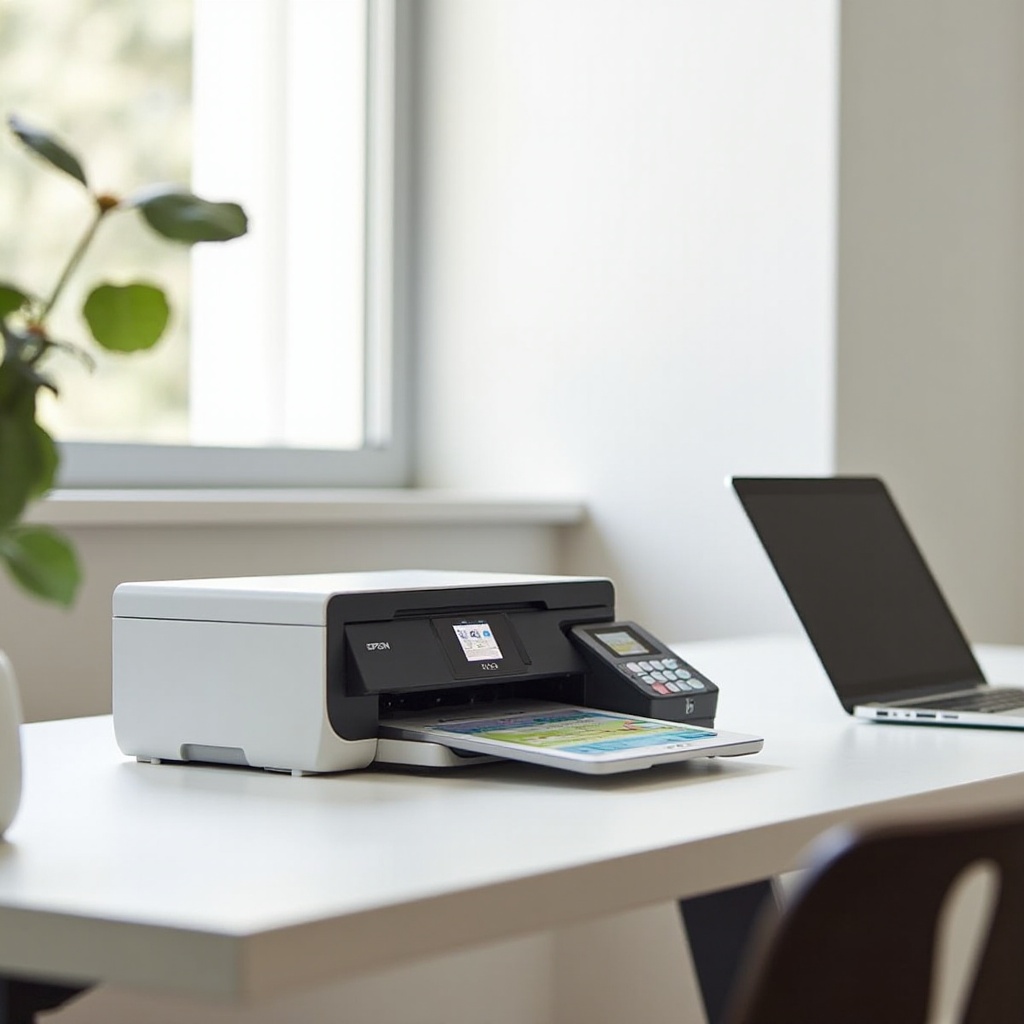
Preparing Your Epson ET-28000 for Wireless Connection
Before connecting your printer wirelessly, ensure the initial setup is done correctly.
Unboxing and Initial Setup
- Unbox your Epson ET-28000 carefully.
- Install the ink cartridges according to the included instructions.
- Load the paper by adjusting the paper guides in the tray.
Powering on the Printer and Accessing the Control Panel
- Plug in the power cord and turn on the printer.
- Use the control panel to navigate through the setup process.
- Ensure the printer's LCD screen displays the main menu before proceeding to the next steps.
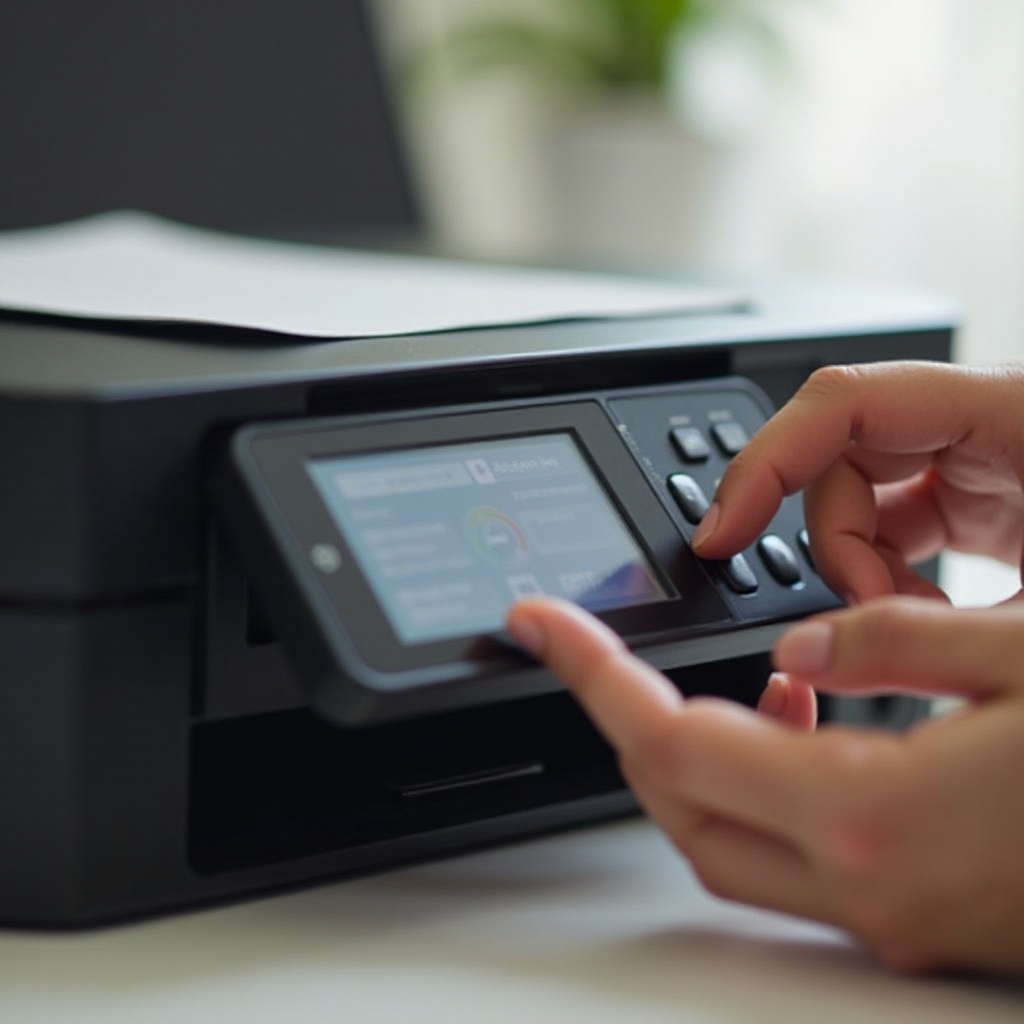
Connecting the Epson ET-28000 to Your Wi-Fi Network
Next, establish a wireless connection between your Epson ET-28000 and your Wi-Fi network.
Navigating to Wi-Fi Settings on the Printer
- On the printer's control panel, press the home button.
- Select the Wi-Fi Setup option.
- Choose Wi-Fi (Recommended) to start the setup.
Selecting the Right Network and Entering the Password
- From the list of available networks, select your Wi-Fi network.
- Enter your Wi-Fi password using the touchscreen keyboard.
- Confirm the connection and wait until the printer indicates it's connected to the network.
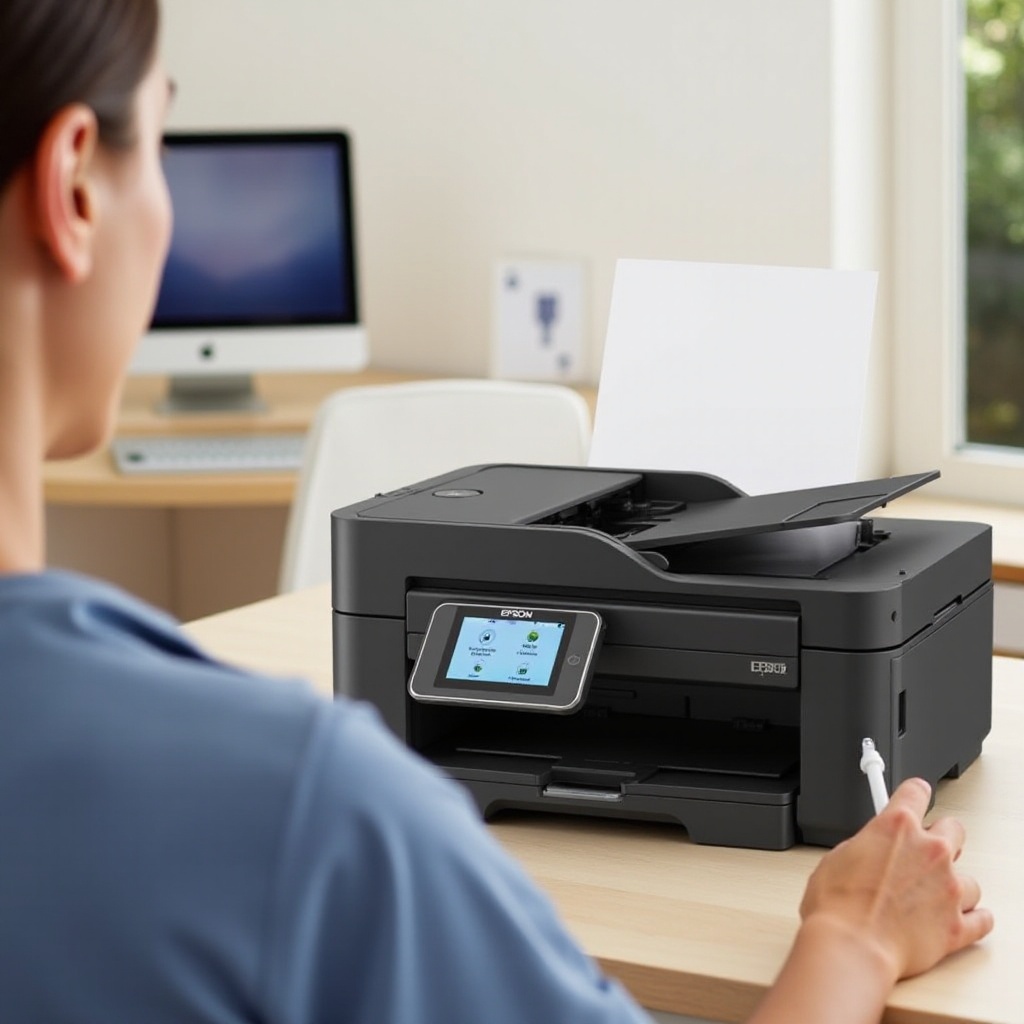
Installing Epson ET-28000 Drivers on Your Computer
Installing the necessary drivers on your computer is crucial for enabling smooth wireless communication with your printer.
Downloading the Latest Drivers from the Epson Website
- Visit the Epson official website and go to the support section.
- Search for the Epson ET-28000 model.
- Download the latest drivers compatible with your computer's operating system.
Installing Drivers on Windows
- Locate the downloaded driver file and double-click to start the installation.
- Follow the on-screen instructions to complete the setup.
- Ensure the drivers are installed without errors, and the printer is added to the list of available devices.
Installing Drivers on Mac
- Open the downloaded driver file on your Mac.
- Follow the installation prompts and enter administrative credentials if required.
- Once the installation is finished, add the printer to your Mac's printer list via System Preferences.
Setting Up Wireless Printing on Your Computer
Now that the drivers are installed, configure your computer to recognize and use the Epson ET-28000 printer wirelessly.
Adding the Epson ET-28000 to Your List of Printers
- Open the Printers & Scanners settings on your computer.
- Click on 'Add a printer or scanner'.
- Select the Epson ET-28000 from the list of available devices.
Testing the Wireless Connection
- Print a test page to verify that the printer is properly connected to your computer.
- If the print job completes successfully, your wireless setup is confirmed.
- Troubleshoot any connectivity issues by ensuring both devices are on the same network.
Conclusion
You should now have a fully operational Epson ET-28000 printer connected wirelessly to your computer. This setup allows you to enjoy the benefits of wireless printing, including reduced clutter and the convenience of printing from various locations.
Frequently Asked Questions
What should I do if my printer is not detecting my Wi-Fi network?
Ensure your Wi-Fi network is active and within range of the printer. Double-check that your router is functioning correctly and try restarting both your printer and router.
How can I reconnect my Epson ET-28000 if it gets disconnected from Wi-Fi?
Access the printer's control panel, navigate to Wi-Fi Setup, and follow the steps to reconnect to your network. Verify your Wi-Fi password if prompted.
Are there any special requirements for connecting my printer to a 5GHz network?
The Epson ET-28000 typically supports 2.4GHz networks, which are commonly used for printer connections. Ensure your network operates on the compatible frequency band. If your network only offers 5GHz, consider setting up a dual-band router.

